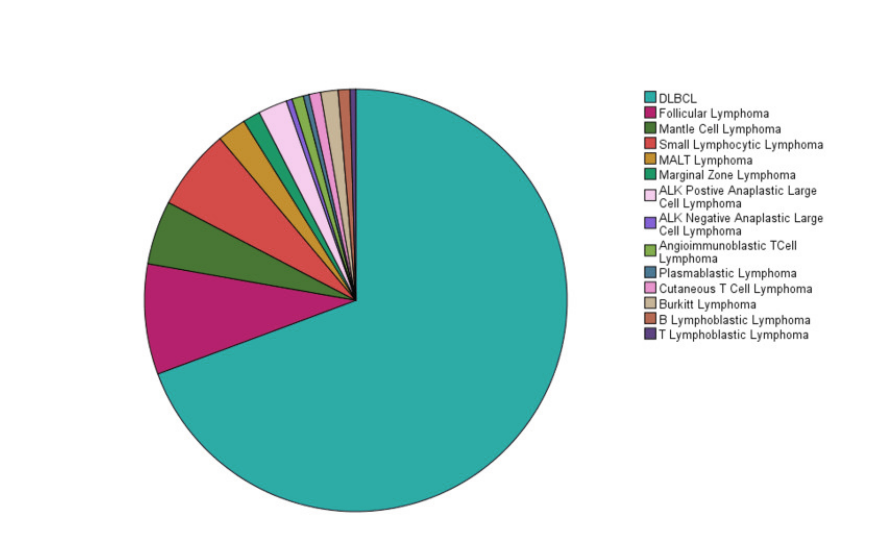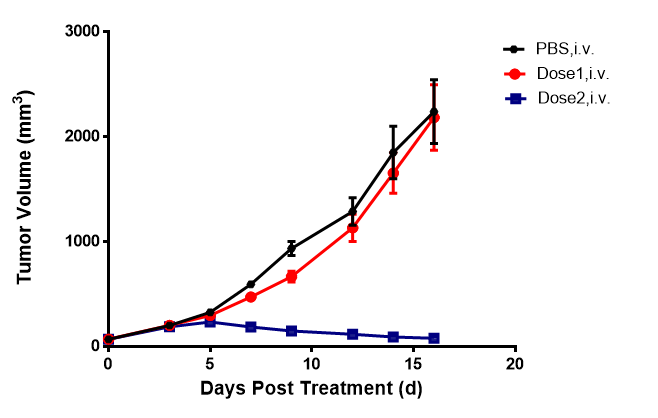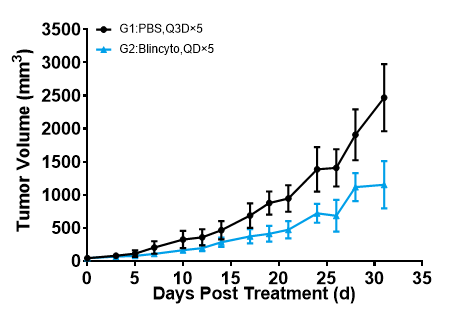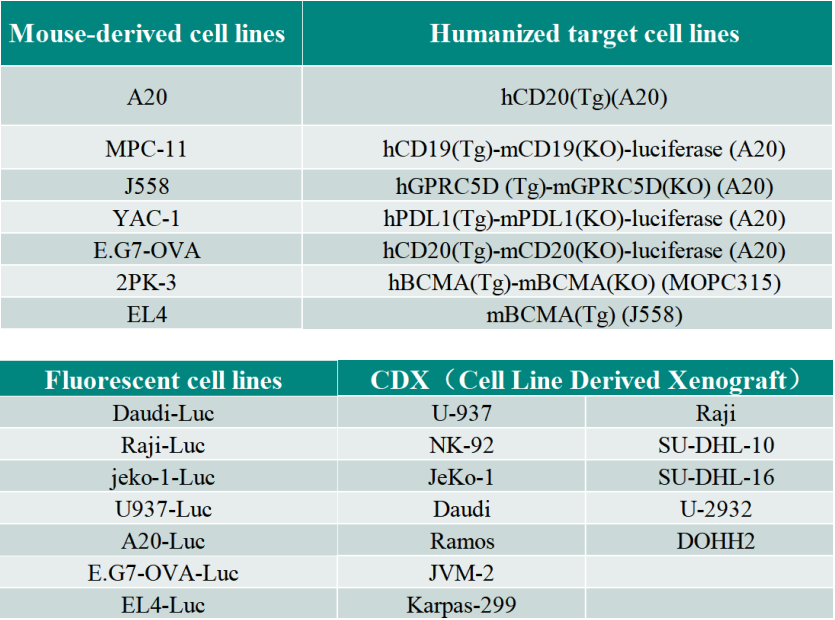World Lymphoma Awareness Day: GemPharmatech Provides Mouse Models for Lymphoma Research
Lymphoma, one of the fastest-growing malignancies worldwide, is also among the most common types of hematological malignancies. Lymphocytes, which are widely distributed in lymph nodes and lymphoid tissues throughout the body. If lymphocytes undergo malignant transformation and uncontrollable growth, lymphoma can be formed. Hodgkin Lymphoma (HL) constitutes approximately 10% of all lymphomas, while the remaining 90% are classified as Non-Hodgkin Lymphoma (NHL).
Research indicates that the incidence of NHL has been increasing over the past few decades, with approximately 400,000 new cases diagnosed globally each year. In comparison, HL has a lower incidence, with approximately 30,000 new cases diagnosed worldwide annually. Lymphoma is recognized by the World Health Organization as one of the "curable tumors". With early diagnosis and treatment, many patients can continue to lead normal lives after successful therapy.

Fig 1: Distribution of Non-Hodgkin Lymphoma(NHL)
To advance the research on the mechanisms and drug treatments of lymphoma, and to benefit lymphoma patients, GemPharmatech has established a comprehensive platform. This platform includes a targeted humanized mouse library with dual backgrounds (BALB/c and C57BL/6), as well as severe immunodeficient mouse models and immune-reconstituted mouse models, which are used in conjunction with lymphoma cell lines. These models are utilized for preclinical pharmacological and efficacy studies of lymphoma. With our extensive experience in preclinical efficacy evaluation, we have established a robust drug evaluation system, accelerating the process of preclinical drug development.
Efficacy data presentation:
BALB/c-hCD3EDG+A20-hCD20

Fig 2:Efficacy experiment of A20-hCD20 cell line implanted in BALB/c-hCD3EDG mice
The Anti-CD3/CD20 bispecific antibody (Mosunetuzumab analogue) in Dose2 group showed a significant inhibitory effect on tumor growth (TGI=96.8%).
huHSC-NCG-hIL15+Raji

Fig 3: Efficacy validation of Raji cell line implanted in huHSC-NCG-hIL15 mice
The Blincyto group showed a significant inhibitory effect on tumor growth (TGI=59.67%) in huHSC-NCG-hIL15 mice engrafted with Raji cells.

Fig 4: Lymphoma-related cell line resources


